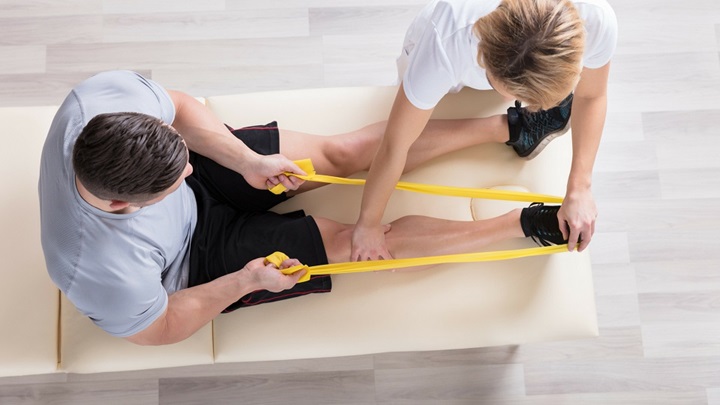Physical rehabilitation has become an increasingly important component of modern healthcare. It is a form of medical treatment that uses physical methods such as exercise and manual therapy to promote healing and enhance physical function. Physical rehabilitation has been known to improve the quality of life in individuals with a wide range of medical conditions, including musculoskeletal injuries, neurological disorders, and chronic diseases. In this article, we will explore the impact of physical rehabilitation on quality of life, focusing on the positive effects of physical rehabilitation on physical, mental, and social health.
- Physical Health:
Physical rehabilitation has been shown to improve physical health in individuals with various medical conditions. Exercise, manual therapy, and other physical interventions can help to reduce pain, improve range of motion, and increase strength and endurance. These improvements can lead to improved physical health, allowing individuals to participate in activities they may not have been able to before. It can also address issues related to mental health. Exercise can help with symptoms of depression and anxiety, while manual therapy can help improve mood and overall well-being. Physical rehabilitation also helps to improve self-esteem and body image, leading to overall improved mental health.
They can help to improve functional abilities and independence. Improved strength and mobility can help individuals to perform activities of daily living, such as bathing, dressing, and cooking. This can help to improve quality of life and reduce the need for assistance from family and caregivers.

- Mental Health:
Physical rehabilitation has been known to have a positive impact on mental health. Exercise can help to reduce stress and improve mood, while manual therapy can help to reduce tension and improve relaxation. Furthermore, physical rehabilitation can help to improve self-confidence and self-esteem, which can lead to an improved sense of wellbeing.
The physical rehabilitation can also help to improve pain management. Exercise can help to increase flexibility and range of motion, reducing pain and improving function. Manual therapy can also help to relieve pain by stretching and manipulating muscles, tendons, and ligaments. Physical therapy can also help to improve posture, which can help to reduce pain. They can help to improve overall physical health. Exercise can help to improve stength, endurance, and flexibility, while manual therapy can help to improve balance. Regular physical rehabilitation can help to reduce the risk of injury, improve overall mobility, and improve quality of life.
- Social Health:
Physical rehabilitation can also have a positive effect on social health. By improving physical health and mental health, physical rehabilitation can help individuals to participate in social activities and engage in meaningful relationships. This can lead to an improved sense of connectedness and belonging, which can further improve quality of life. They can also improve the ability to work, which can lead to an increase in income and financial security. This can help reduce stress and anxiety, which can also have positive effects on social health. Additionally, improved physical health can increase self-esteem, which can lead to improved social relationships.
Conclusion:
Physical rehabilitation has been known to have a positive effect on quality of life. It can improve physical health, mental health, and social health, leading to an overall improved sense of wellbeing. If you are suffering from a medical condition, physical rehabilitation may be an option worth considering.

